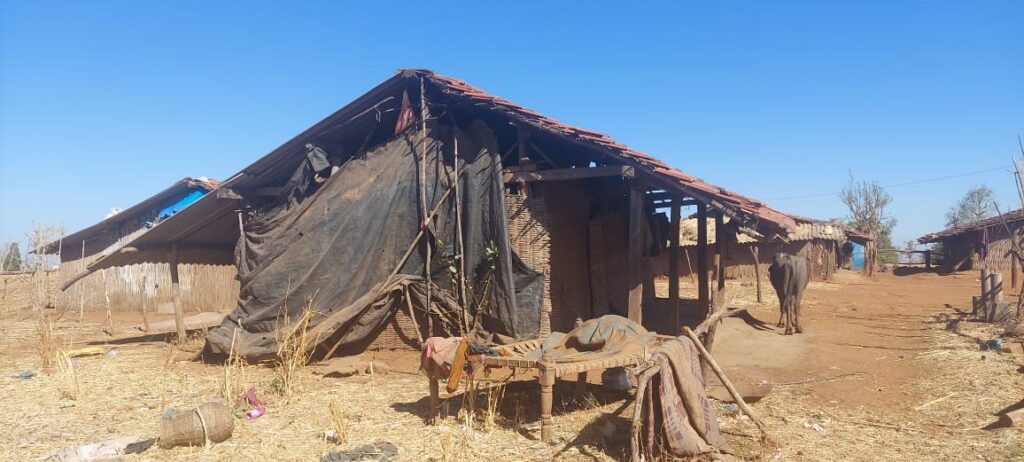Rehabilitation has often been incorrectly perceived as an expensive and specialised clinical service required only by a selected few, suffering from disability. Whenever one hears the word “Rehabilitation”, the image created in one’s mind is of an institutional setup with state-of-the-art equipments and highly trained manpower located in an urban setting. As per the Global Burden of Disease (GBD) estimates, one third of the world’s population needs rehabilitation at some point in the course of their illness or injury. Among all the countries of the world, India has the second highest number of people (411 million) who will need rehabilitation services at some point in their life.
As per the WHO recommendations, rehabilitation services should be integrated in the existing healthcare system at all the three levels of care (primary, secondary and tertiary). They should also be available at the community level to maintain continuity of care. A multi-disciplinary rehabilitation workforce should provide the services. While there are several institutions providing rehabilitation services, mostly located in urban India, a large chunk of the predominantly rural population is not able to access the same due to several barriers such as awareness, accessibility, affordability, etc. In such a scenario, a pragmatic approach to rehabilitation utilising the existing resources available, is required. It should be an integral part of primary health care, focusing on task sharing and capacity building of the existing health workforce. The newly setup Health and Wellness Centers (HWC) under the Ayushman Bharat initiative intend to move on from a selective approach to a more comprehensive approach providing promotive, preventive, curative, rehabilitative and palliative care services. However, the scope and delivery framework for rehabilitation services is not clearly defined.
Case study
Santooben*, a 60-year-old lady lived with her husband in a small tribal village of Dangs district of Gujarat state in western India. She had 3 daughters, each of whom was married. She developed right sided paralysis because of stroke, 2 months back. Like most stroke patients in tribal India, her husband took her to a couple of places providing herbal remedies but with practically no improvement. During this process they exhausted their savings and ended up creating some debts. Thereafter she was left to her destiny lying on the floor for most of the day. Her husband was making sincere efforts to help her, but had several barriers to overcome – his own increasing age, unavailability of labour jobs in his village and added responsibility of caring for his sick wife including cooking, toilets, hygiene, etc. He was an alcohol addict as well. With no rehabilitation or medical support available, he had no option but to wait for his wife to die or hope for some miracle.
When our Community Based Rehabilitation (CBR) team visited the family, Santooben was in a poor condition – she had right sided hemiplegia, her nails were quite big, her hair had lice, she had conjunctivitis in her eyes with active purulent discharge and flies all around, her overall hygiene was poor, she was passing stool and urine by sitting on two wooden paddles (“Thaapi” in Hindi), she was sleeping on the floor for the whole day and her body poorly covered. Fortunately, she had not developed any contractures nor bed sores and she had reasonable strength to stand up with moderate assistance. Her blood pressure and sugars were also not elevated. Our CBR nurse supported by a physiotherapist and a community physician assessed her and started her on a rehabilitation program. Within a month, she gained enough strength to sit up from supine position, her overall hygiene improved and the husband received the much needed emotional and social support. If she had not received CBR, she could have developed complications such as bed sores, contractures, depression, and several others.

Proposed approach
A rehabilitation team comprising a primary care doctor, a physiotherapist and nurses needs to be setup at the primary care level. The medical doctor may provide inputs and support for management of co-existing medical conditions. A physiotherapist can play a crucial role anchoring all the services. She can deliver multiple services such as pain management, improving muscle function, posture and gait training, cardiorespiratory endurance training, psychosocial support, etc. The nurse can be trained to function as a link between the rehabilitation team and the patient, delivering all services through a single channel and at the same time building a personalised connection with the patient and the family. In areas, where availability of health manpower is extremely poor, some technical support may be obtained through a tele-rehabilitation model. These services should be linked with other social interventions such as education, human resource development, woman empowerment, etc. In this way, one can meet the huge need of rehabilitation services across the country.
*Note: Name changed
About the authors: Apexa Raithatha is a physiotherapist specialising in women’s health. She works at a primary care clinic (Purna clinic) in a tribal village of Gujarat, India and is in-charge of the CBR program currently being implemented in 10 villages around the clinic. The clinic is funded by Sarva Mangal Family Trust and managed by Bhanshali trust.
Shyamsundar Raithatha – sundar.shyamsundar@gmail.com Shyamsundar is a community and family physician, working at the same primary care clinic. He is in-charge of the community health program in the villages surrounding the clinic.
Competing interests: None
Handling Editor: Neha Faruqui